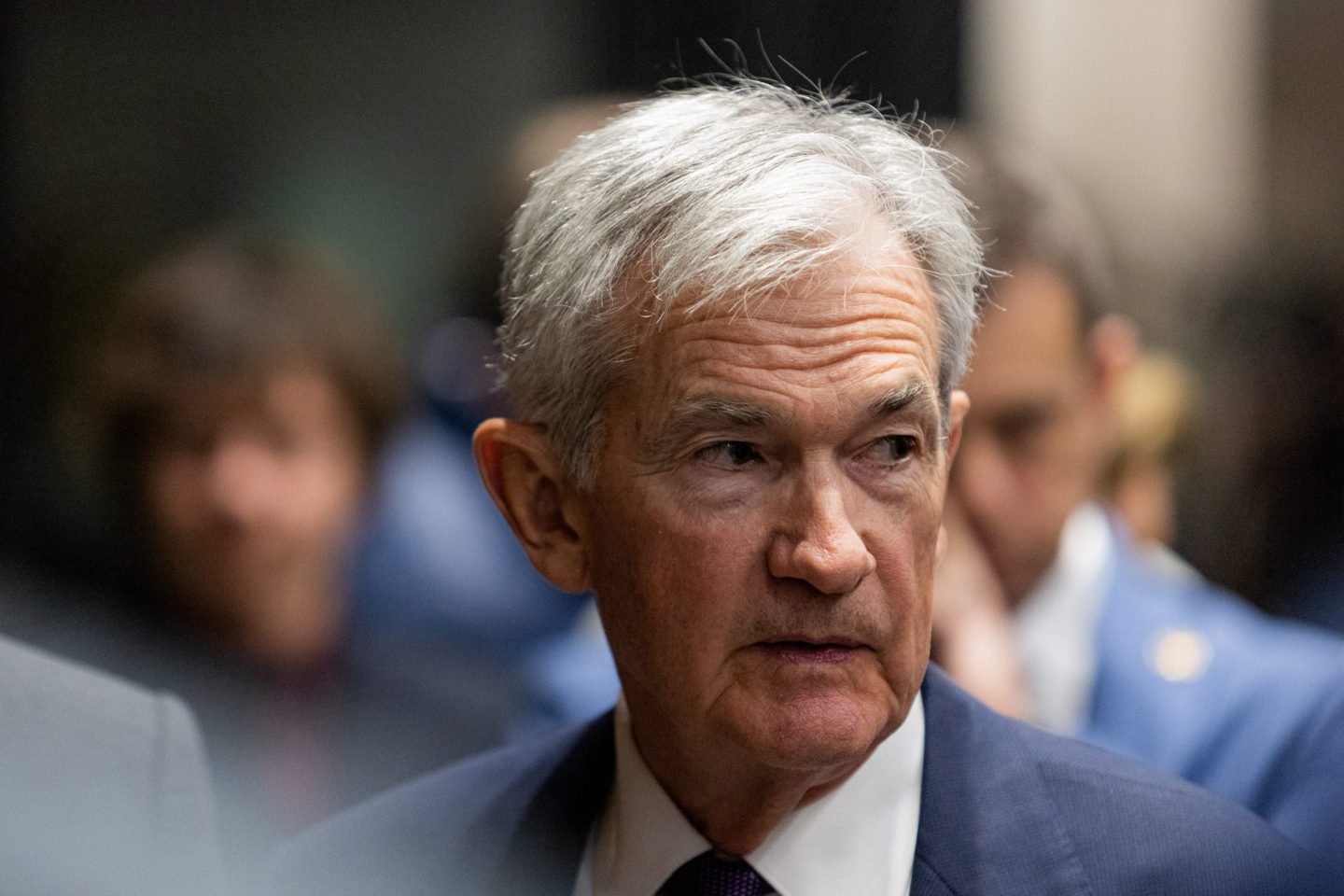To get an idea of how many people are back in the office, just check the watercoolers.
The amount of water dispensed in machines sold by Bevi — a Boston-based startup that provides Internet-connected coolers to more than 5,000 businesses across the US — mirrors the office occupancy rates tracked by security firm Kastle Systems throughout the pandemic. In 2021, when the delta and omicron variants of Covid-19 gripped the nation, Bevi’s machines were operating at 28% of pre-pandemic levels for the full year, in line with Kastle’s 30% return-to-office rate. Last year, as offices slowly reopened, the figures increased in tandem, to just over 40%.
They’ve risen again so far this year, although Bevi’s delivery volumes are now about 5 percentage points ahead of Kastle’s index. That could be due to increased consumption from smaller companies, which don’t often occupy the large commercial office buildings that Kastle tracks, according to Sean Grundy, Bevi’s co-founder and chief executive officer.
Grundy said he’s received inquiries from hedge funds and other investors who want to examine his company’s data for a window into office-occupancy trends.
“The amount of water people drink turns out to be a good indicator of how much time they’re spending in the office,” he said in an interview. “For us, it’s positive that it’s been trending up.”
Using an office watercooler as a return-to-office (RTO) benchmark carries some heavy symbolism, given that the gathering points are an oft-cited metaphor in the debate over the value of in-person work. Business leaders who favor more office attendance argue that coming together creates “watercooler moments,” those casual interactions among colleagues who happen to be thirsty at the same time that can spark ideas and forge a stronger corporate culture.
In a note to employees last month explaining Amazon.com Inc.’s decision to require most corporate employees to be in the office at least three days a week, CEO Andy Jassy said “serendipitous interactions” can help generate new ideas, “and there are more of those in-person than virtually.”
Remote-work advocates counter by saying that creative collaboration can happen anywhere, and point out that those “watercooler moments” weren’t the same for everyone. They point to research showing that Black workers often felt left out of those informal chats, one of the many microaggressions faced by under-represented employee groups.
There are also attempts to create virtual watercooler moments. The makers of ubiquitous workplace software tools like Microsoft Corp. and Zoom Technologies are now trying to foster more opportunities for informal connections to happen within their platforms, outside of scheduled meetings. Microsoft CEO Satya Nadella last year spoke of having “watercooler-type conversations” inside a more immersive version of its Teams collaboration hub, and “virtual office” startups like Roam and Kosy sell themselves in part by promising organizations they’ll boost those casual connections.
There’s a large number of employees who value the idea of spontaneous get-togethers, but just don’t want to have to show up in the office, workplace experts say.
“It’s a paradox,” said Tsedal Neeley, a professor of organizational behavior at Harvard Business School and author of a book on remote work. “People value the autonomy and flexibility in their schedule, but they also want serendipitous connections. They say, ‘I want to work from home, but I also want to run into you!’”
If employees are successful in resisting a broader return to office, it might not be all bad for Bevi. Usage of its beverage dispensers in residential apartment buildings are now at 121% of 2019 levels.











